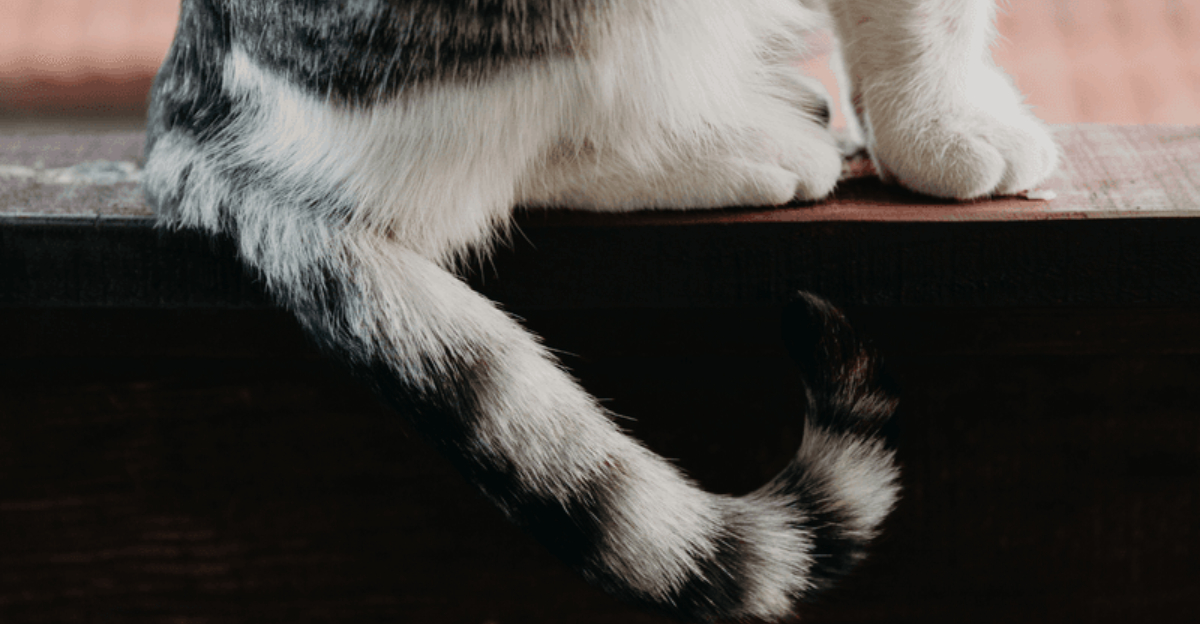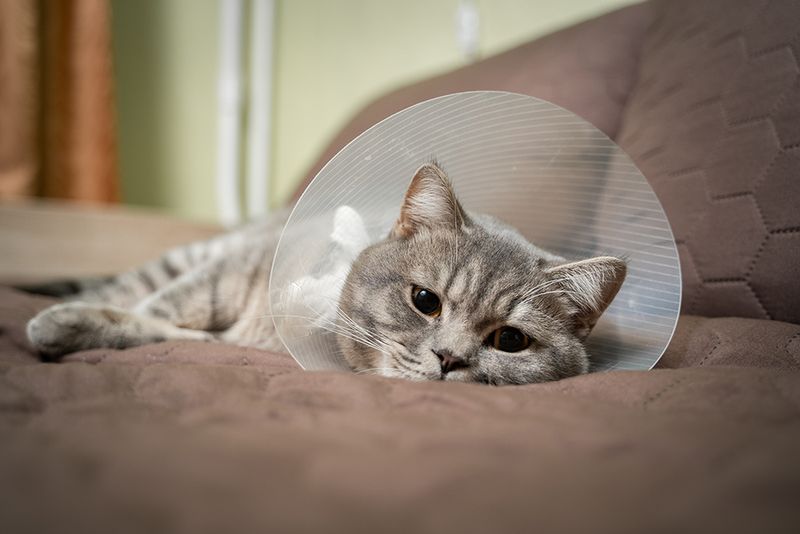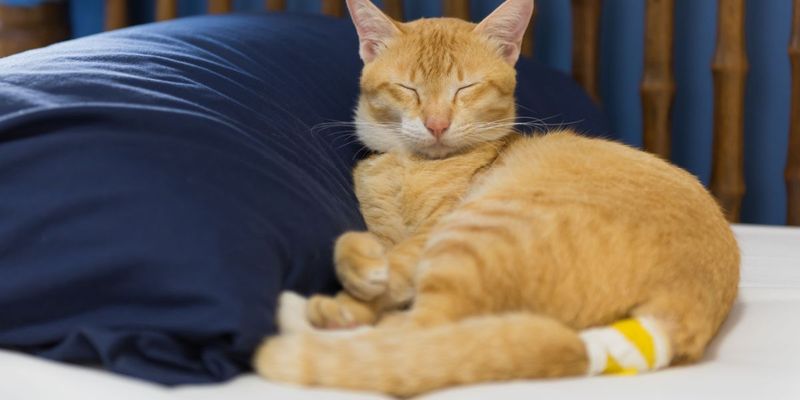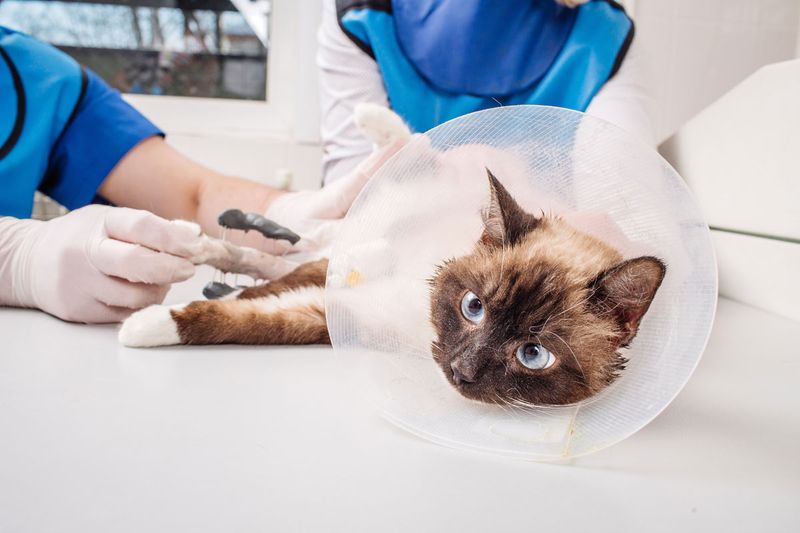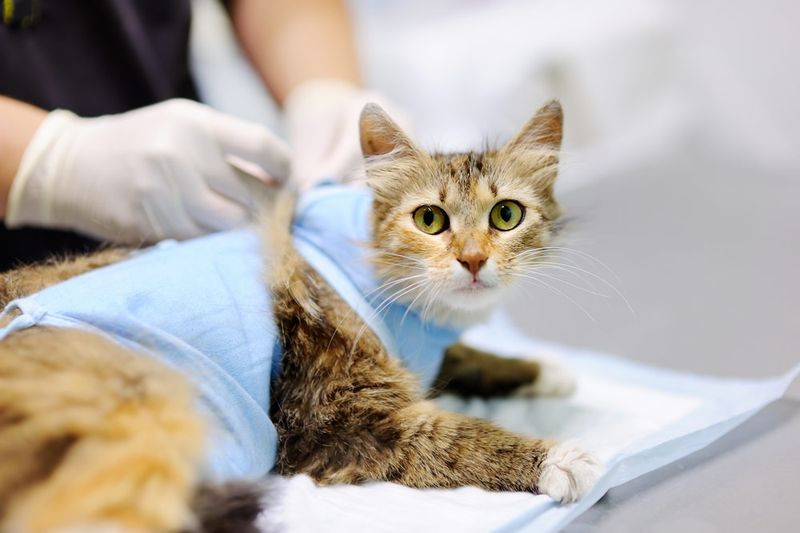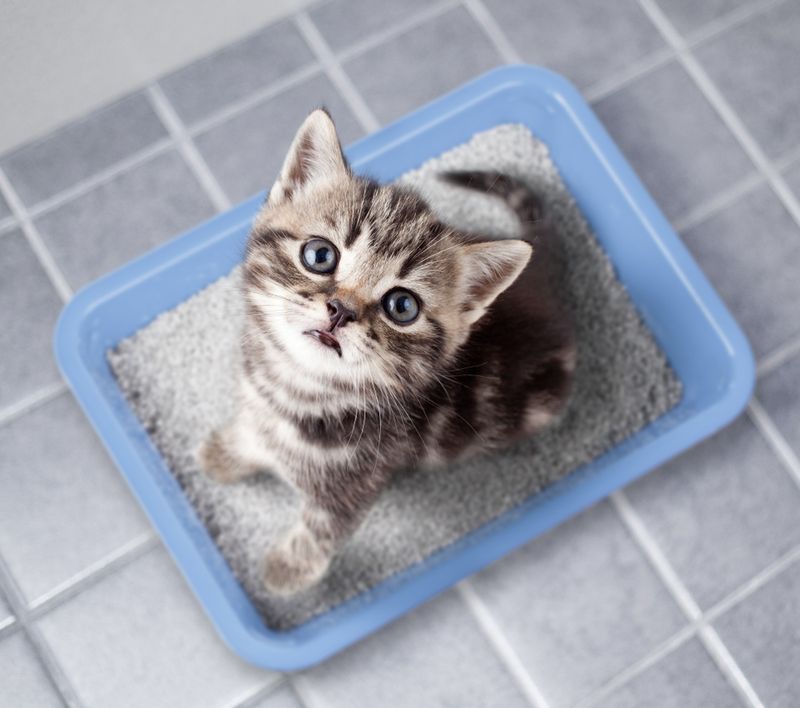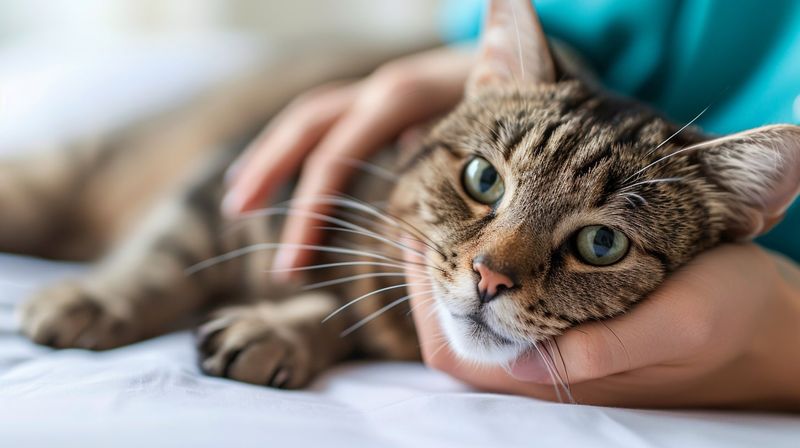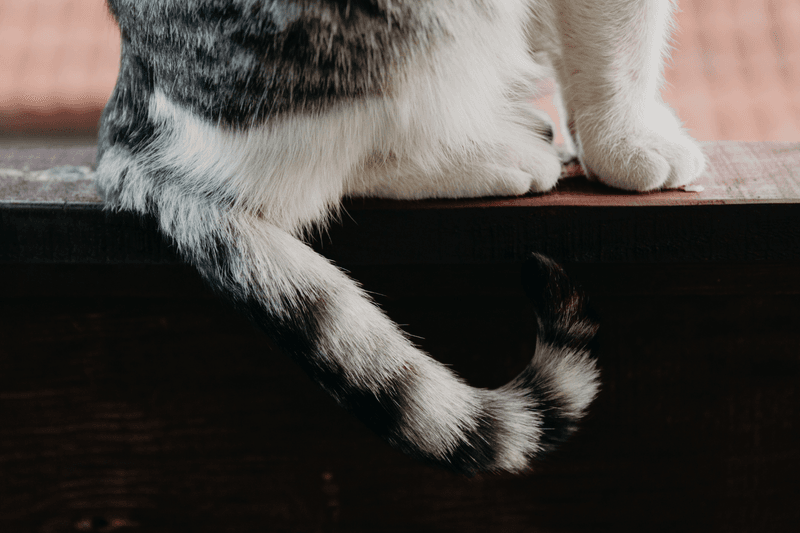📖 Table of Content:
When your cat undergoes a tail amputation, it can be an emotionally challenging experience—for both of you. Whether the surgery was needed due to trauma, infection, or a chronic condition, watching your furry friend recover without a part of their body that once helped them balance, communicate, and express emotions can stir up concern and questions. It’s only natural to feel unsure about what comes next.
The good news is that cats are incredibly adaptable. With the right care and environment, most cats adjust to life without a tail remarkably well. Still, the days immediately following surgery are critical, and knowing what to expect during this period can make a huge difference in how smoothly your cat recovers. Understanding the physical and behavioral changes, as well as the practical steps you’ll need to take, will help you feel more confident and proactive as a pet parent.
This article outlines the seven most common things you can expect after your cat’s tail surgery—from the initial effects of anesthesia to long-term healing and behavior shifts. By preparing ahead and recognizing what’s normal versus what might require veterinary attention, you’ll be able to support your cat every step of the way with care, patience, and love.
1. Grogginess and Disorientation After Anesthesia
When your cat first comes home after tail surgery, you’ll likely notice they seem drowsy or uncoordinated. This grogginess is a typical side effect of anesthesia and may persist for several hours. Their movements might be slow, and they may appear confused or have trouble recognizing familiar surroundings. It’s essential to provide a calm, safe space where they can rest undisturbed. Avoid sudden noises or too much handling, as this could increase their stress. Ensure they stay warm with soft bedding, but steer clear of direct heat sources. During this time, gentle observation is key—let them come around at their own pace.
2. A Bandaged or Sutured Tail Stump
Post-surgery, your cat may have a visible wound at the tail site, which can appear swollen or red. Depending on the vet’s approach, the area might be stitched, stapled, or wrapped in a light bandage. Although it may look alarming, this is a standard part of the healing process. Preventing your cat from licking or biting the area is critical to avoid infection or reopening the wound. Most veterinarians will recommend a cone (e-collar) or a more comfortable inflatable collar for this purpose. Check the site daily for any signs of unusual discharge, odor, or increasing redness. Always follow your vet’s instructions for cleaning or changing bandages, if needed.
3. Pain or Discomfort in the First Few Days
Even with medication, your cat will feel some level of pain or discomfort during the first days after surgery. Cats are masters at masking pain, so the signs may be subtle—watch for reduced activity, reluctance to eat, or excessive hiding. Your vet will likely provide pain relievers and possibly anti-inflammatories to help them stay comfortable. Stick to the dosing schedule carefully, and don’t skip a dose even if they seem fine. Never attempt to treat them with over-the-counter human medications, as many are toxic to felines. Be patient and offer soft, encouraging words and familiar comforts to reduce their stress. A calm, predictable environment helps them heal faster.
4. Behavior Changes
In the days following surgery, don’t be surprised if your cat acts differently than usual. They might become less social, exhibit clinginess, or even hiss or growl when approached. These changes are often temporary and stem from pain, confusion, or the unfamiliar feeling of the surgical site. Your once-playful cat might prefer to stay curled up in a quiet corner. Give them space, but check in gently to ensure they’re eating, drinking, and using the litter box. While a little moodiness is normal, extreme lethargy or aggression should be discussed with your vet. Remember, healing is both physical and emotional for animals.
5. Litter Box Adjustments
Post-tail surgery, your cat may struggle with balance and positioning, especially during litter box use. The tail plays a big role in how cats squat and stabilize themselves. If your cat starts avoiding the box or seems hesitant, it might be due to discomfort rather than behavioral issues. Switching to a larger litter box with a lower entry can help them move in and out more easily. Use soft, dust-free litter to prevent irritation near the surgical site. Make sure the litter box is easily accessible and in a quiet location. Positive reinforcement and patience will encourage a return to normal habits.
6. Follow-Up Vet Visits and Wound Monitoring
Your cat’s healing journey doesn’t end once they come home; follow-up appointments are vital to track progress. The vet will check for proper wound healing, suture integrity, and signs of infection. At home, you’ll need to examine the area daily—any discharge, swelling, or strange odor warrants a call to the clinic. Taking clear photos every couple of days can help track changes or identify worsening conditions. In some cases, sutures may dissolve on their own, while others will require removal. Keep a record of medications and symptoms to share at follow-up visits. Consistent care and communication with your vet ensure the smoothest recovery possible.
7. Long-Term Adaptation
Though it may seem daunting at first, most cats adjust to life without a tail remarkably well. Their balance, agility, and coordination usually compensate over time with no long-term distress. You might notice a temporary clumsiness or cautiousness in movement, especially when jumping or climbing. With time, their confidence typically returns, and they resume normal activities. You can support this process with engaging toys, gentle encouragement, and a secure environment for exploration. Once healed, many cats barely seem affected by the absence of their tail. Their resilience and adaptability are truly remarkable—and your support plays a big role in that transition.
